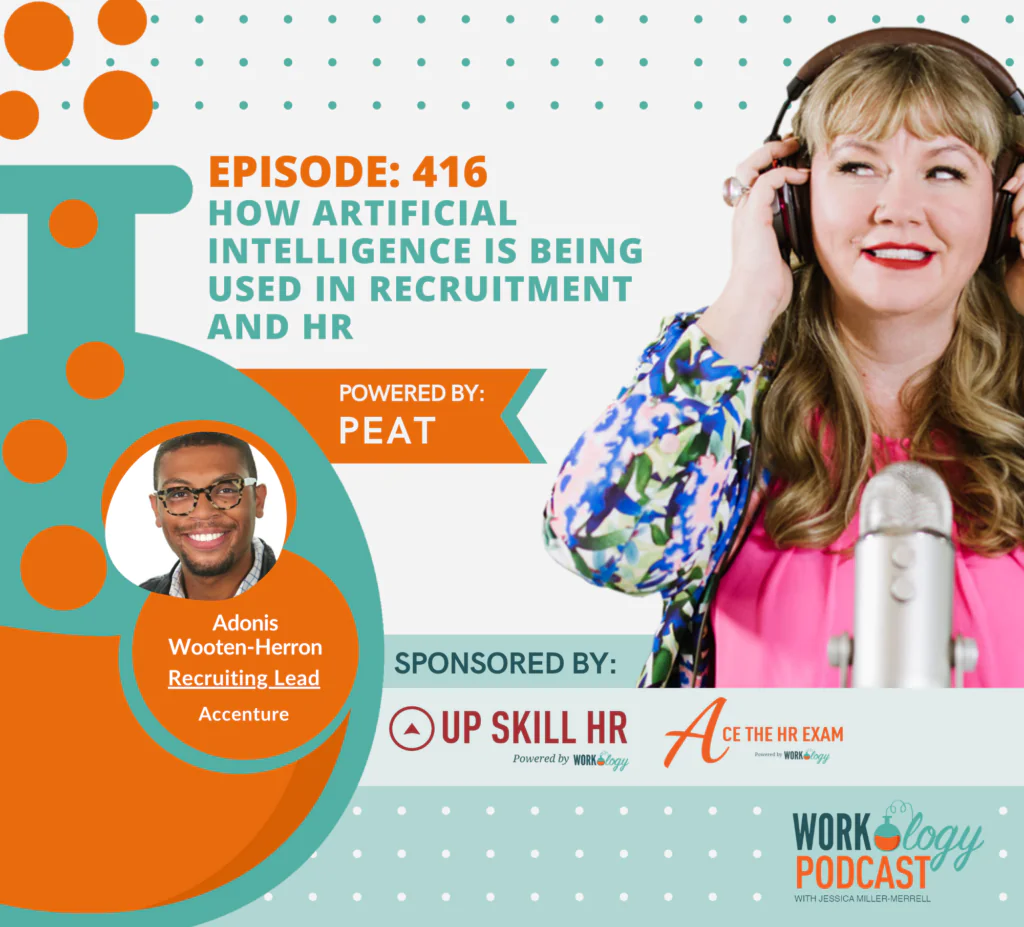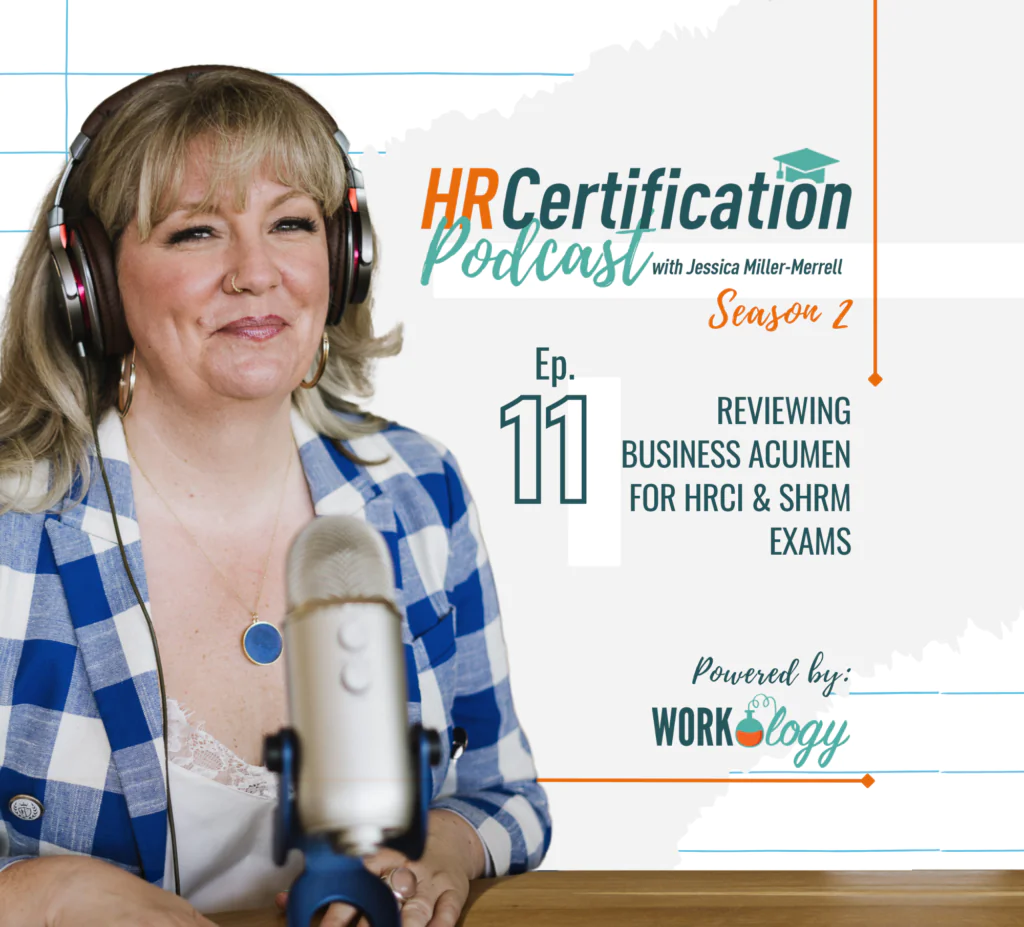Remote work has turned the traditional office into a virtual space, and with it comes a fresh set of challenges for measuring workplace wellness. Suddenly, your living room is doubling as a conference room, and your furry friend is now the unofficial office mascot.
Redefining Employee Engagement from Afar
Gone are the days when you could stroll by an employee’s desk to gauge their day-to-day engagement. With remote work in play, we’re relying more on digital cues. Think about it—engagement can look like prompt responses in Slack or active participation during Zoom meetings. Do not be deceived by these indicators; they could just be skimming the surface.
To really understand how employees are doing remotely, surveys have stepped up their game beyond “rate-your-mood” simplicity. We’re talking nuanced questions that dig deep into not only productivity but also mental well-being because who hasn’t had back-to-back video calls and felt like a zombie afterward?
Tracking Productivity: Output vs. Burnout
In an office setting, productivity might have been measured by hours at one’s desk—a metric as outdated as fax machines today. In our brave new world of remote workspaces, we focus on output rather than time clocked in because let’s face it—sometimes your most genius ideas come while brewing your third cup of coffee before noon.
We’ve got tools tracking project milestones faster than you can say ‘deadline’. Yet here’s where things get spicy: there’s a fine line between high output and burnout territory. And trust me when I say no one wants to cross over into that realm of eternal Zoom gloom.
The Balancing Act: Well-Being Beyond Work Hours
As we navigate this new terrain, maintaining balance becomes key—but how do leaders ensure employees aren’t working around-the-clock? Here’s where wearable tech steps onto center stage with all its data glory. These nifty gadgets provide insights galore—from sleep patterns to daytime activity levels—and boy oh boy do they tell tales beyond what any timesheet ever could.
Beyond step counts and REM cycles lies another gem—employee feedback platforms—which allow real-time check-ins so nobody feels like they’re sending SOS messages into cyberspace without rescue teams coming their way.
Future Trends in Workplace Wellness Measurement
Imagine if your fitness tracker didn’t just count steps but also nudged you when it’s time to decompress. That’s where we’re heading with workplace wellness measurement—smart, intuitive, and seamlessly integrated into our work lives.
The buzz is all about AI-driven analytics. These are not your granddad’s spreadsheets; think of them as a crystal ball for health trends within the company. They can predict burnout before it happens by analyzing patterns in work habits and stress levels—a bit like weather forecasts for employee well-being. The rise of mental health apps is another game-changer because let’s face it, sometimes we need a pocket-sized therapist reminding us to breathe during those back-to-back meetings.
We’ve got these integrated wellness platforms that make old-school surveys look like stone tablets—they’re connecting dots between physical activity, diet choices, and mental health quicker than you can say “biometric screening.” But don’t worry; they do more than just collect data. These platforms are shaping up to be personal coaches that help guide employees through their day-to-day challenges while providing organizations with real-time insights into their workforce’s overall mood music.
Sure, there are hurdles—like ensuring everyone feels comfortable sharing sensitive info—but with proper safeguards in place (think: confidentiality cloaks), these tools have the potential to revolutionize how we understand employee wellness.
In short? We’re looking at an era where technology doesn’t just track what we do but helps us thrive while doing it—and who wouldn’t want that?
FAQs in Relation to Measuring Workplace Wellness
How do you measure workplace wellness?
To gauge wellness, track metrics like job satisfaction, health data, and employee feedback. Regular surveys can give insights.
How do you measure workplace health?
Measure it through absenteeism rates, productivity levels, healthcare costs and usage of wellness resources by staff.
What are the 5 dimensions of employee wellbeing?
The five key aspects are physical health, mental well-being, social connections at work, financial security and career fulfillment.
How do you evaluate a workplace wellness program?
Evaluate programs by comparing baseline workforce health metrics to post-program figures for tangible improvements.
Conclusion
Dive into tools like surveys and apps; they’re your map to untangling that tricky business of measurement.
Leverage leadership because bosses who care turn workplaces from meh to marvelous.
Tackle challenges head-on but watch out for pitfalls like privacy snags and one-size-fits-all fixes. They can trip up even the best plans.
Acknowledge remote work’s reshaping effect on our strategies – it’s a game-changer in tracking well-being miles away from any cubicle or corner office!
Stay sharp on legalities and ethics; after all, trust is what makes these programs thrive.
Buckle up as we race toward tomorrow with AI analytics leading the charge – because measuring workplace wellness isn’t just smart, it’s essential for a blooming garden where every employee thrives.





